If you’ve been to either our Seattle or Tacoma stores in person, you know that the trim aisles are packed with some of the most potential-filled material, but they can also be daunting. If you don’t know exactly what you’re looking for, check out these handy illustrated profiles and some info on where each type of trim is meant to go, as well as some less conventional uses!
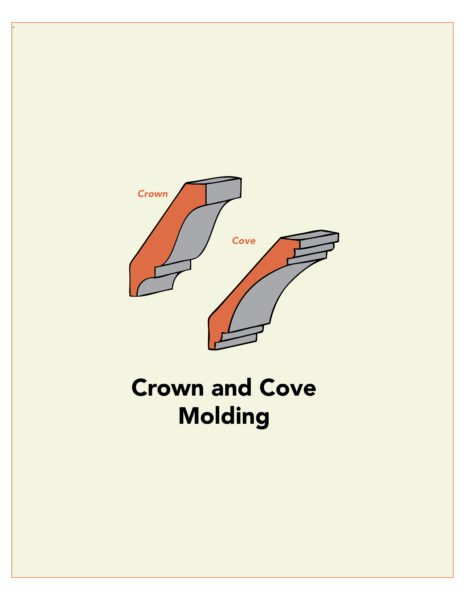
Both crown and cove molding are transition trim pieces meant to go between the top of a wall and the ceiling. Angled edges allow crown and cove molding to sit flush against both wall and ceiling. The main difference between crown and cove molding is the profile: crown has both convex and concave profiles, while cove is entirely concave. This difference means crown molding appears a bit gaudier, bringing the ceiling down for a cozier feel, while cove molding tends to give the effect of lifting the ceiling up.
Crown and cove molding can be tricky to install, and are not common in modern homes. They are typically found in older, craftsman-style homes, or new “mc-mansion” style construction. Crown and cove can also be used to DIY architectural elements in the home, such as shelves and storage! Check out a couple ideas that caught our eye here and here.
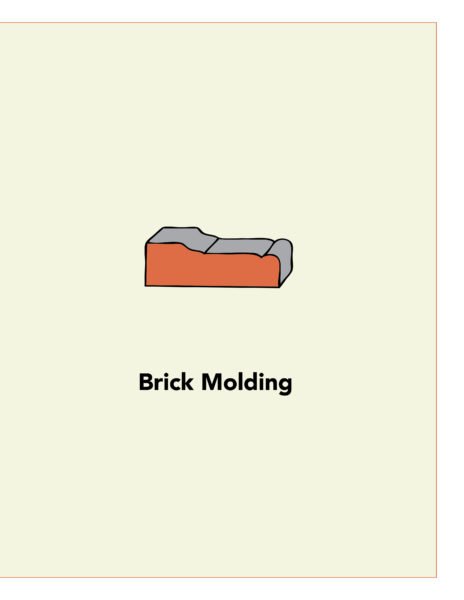
Brick molding refers to exterior trim on windows and doors, whether it comes up against brick or not. It is easily identifiable by its thicker width.
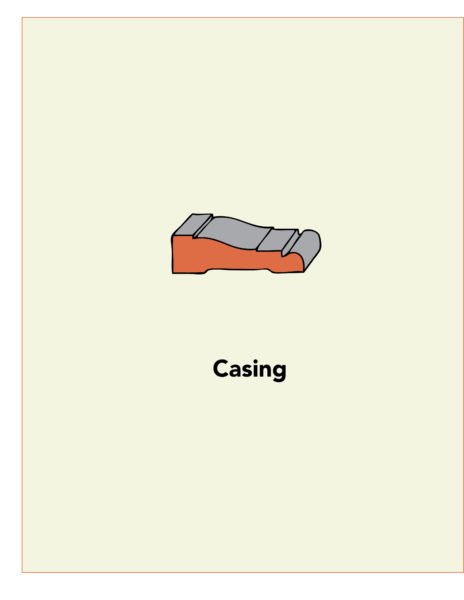
Casing refers to trim that surrounds doors and/or windows. While it can appear similar to baseboard, the most notable difference is softer edges on all sides. This makes it so that if someone were to run their hand along a wall and up to a door, they would not encounter a sharp edge. Considerate, huh?
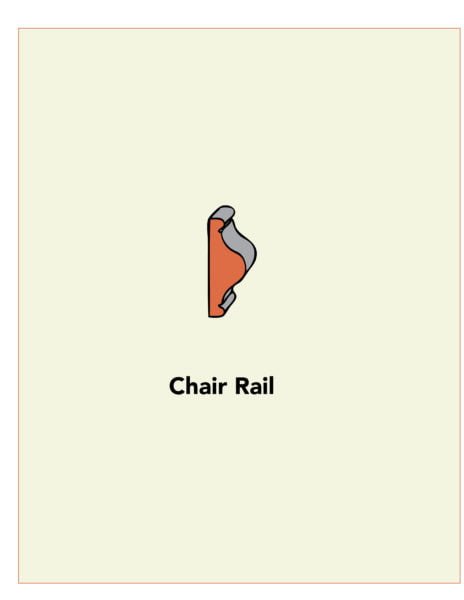
Meant to be a bumper of sorts to protect walls from the damage of chairs and other furniture bumping into them. Chair rail is typically installed 28-32” up from the floor, or at 25% of room height.
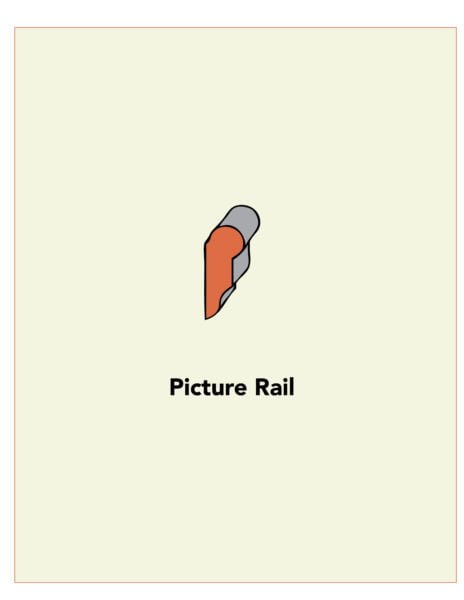
Placed about 12-20” below the ceiling, and meant to hang pictures from using special hooks. While picture rail was popular in older homes, we’re seeing a comeback as a way to give newer homes vintage charm.
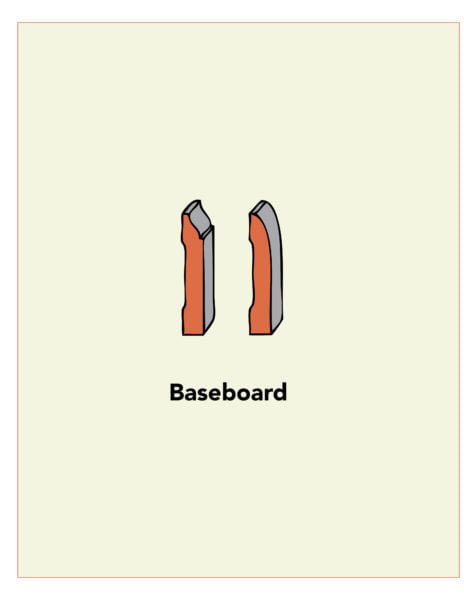
Providing a smooth transition between a wall and the floor, baseboard can be identified by a sharp 90° edge, intended to keep dust from accumulating at the edges of one’s floor. It comes in a variety of widths and profiles. Sanitary baseboard, for example, has a smooth surface with a sealed finish, making it easy to clean. Vintage 5” fir baseboard is rarer and highly sought after.
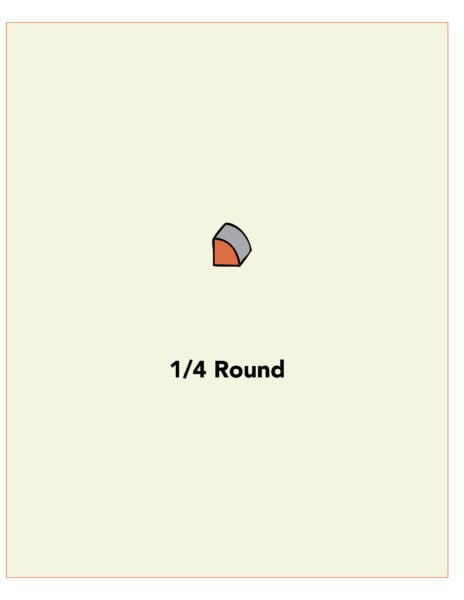
Quarter round trim is used to fill gaps between baseboard and floor, or for other miscellaneous trim needs. It has many craft applications as well, including being super handy for repairing or updating furniture trim.
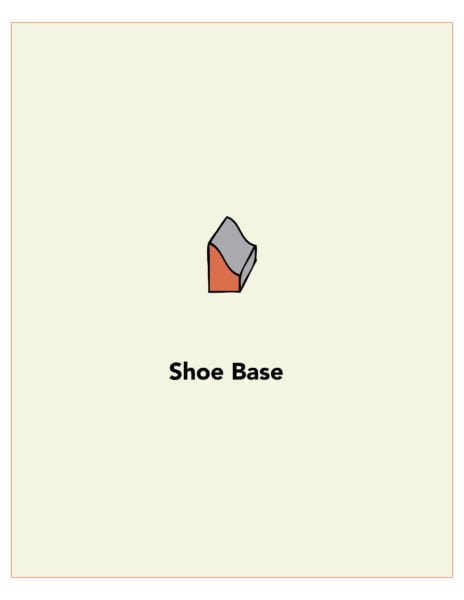
Shoe base serves as a joint between baseboard and floor. It is identifiable by a 90° angle and a concave 1/4 round profile.
Trim comes in so many varieties, shapes, and sizes, and these illustrations just scrape the surface of what Second Use has to offer when it comes to salvaged trim! Check out what we’ve got in stock any day of the week 9am-6pm at our Seattle or Tacoma locations!












